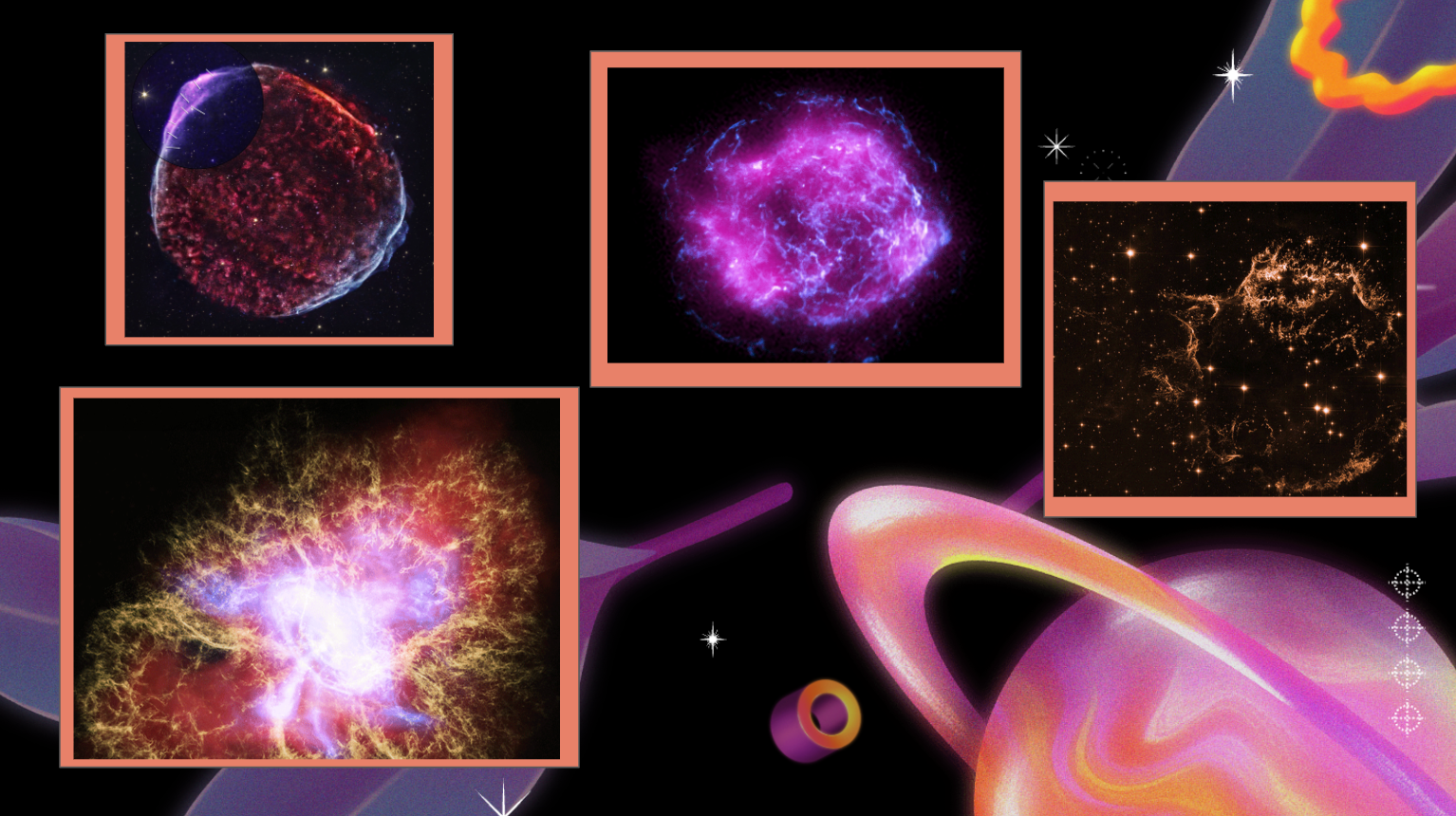Get to Know The NASA’s IXPE
IXPE stands for Imaging X-ray Polarimetry Explorer, was launched by NASA on December 9, 2021. It is a space observatory built to discover the secrets of some of the most extreme objects in the vast universe. IXPE is inthe orbit around 340 miles above our planet Earth.
IXPE’s primary objective is to study X-ray emissions from various cosmic phenomena located thousands to billions of light-years away, such as quasars, blazars, supernova remnants, neutron stars, and high-energy particle streams near black holes. This information, obtained through X-ray polarization, complements other observational methods like radio, infrared, and optical polarization.
IXPE is a collaboration between NASA and the Italian Space Agency, Agenzia Spaziale Italiana (ASI) alogn with partners and science collaborators in 12 countries. IXPE is led by NASA’s Marshall Space Flight Center.
Key People on this mission
Martin Weisskopf, Astrophysicist who led IXPE’s development
Alan Marscher, a Boston University astronomer leads a research group that uses IXPE’s findings to analyze supermassive black holes.
Josephine Wong, a Stanford University researcher , co-authored findings based on IXPE studies of the pulsar wind nebula MSH 15-52, some 16,000 light-years from Earth.
Alan Marscher and Josephine Wong emphasize the transformative impact of adding X-ray polarization to their research, revealing hidden information about supermassive black holes and distant celestial objects.
Martin Weisskopf also acknowledges the significance of this innovative approach.
How Aerospace Engineering Contributes to the IXPE
The development of IXPE involved collaboration among Aerospace engineers, Astrophysicists, and scientists from various disciplines. Here’s a general overview of how aerospace engineers likely contributed to this project:
- Design and Systems Engineering: Aerospace engineers were involved in the overall design of the satellite, considering factors such as structural integrity, thermal management, power systems, and overall functionality. They work to ensure that the satellite can withstand the harsh conditions of space.
- Instrumentation: Aerospace engineers played a crucial role in designing and building the instruments on board the satellite. For IXPE, these instruments would include the X-ray detectors and polarimeters needed to capture and analyze the X-ray emissions from cosmic phenomena.
- Integration and Testing: Aerospace engineers were responsible for integrating all the components of the satellite and conducting rigorous testing to ensure that it functions correctly in the space environment. This involved simulating the conditions the satellite will encounter in space to identify and address any potential issues.
- Guidance, Navigation, and Control (GNC): Aerospace engineers worked on the GNC systems to ensure that the satellite can be accurately oriented and positioned in space. This is crucial for pointing the instruments at specific celestial targets for observation.
- Launch Vehicle Integration: Aerospace engineers collaborated on integrating the satellite with the launch vehicle. They need to ensure compatibility and design the deployment mechanisms for releasing the satellite into its designated orbit.
- Communication Systems: Aerospace engineers designed the communication systems that allow the satellite to transmit data back to Earth. This involved developing antennas, transmitters, and receivers that can function reliably in space.
- Mission Planning: Aerospace engineers also contributed to mission planning, helping to optimize the satellite’s observational schedule and ensuring that it operates efficiently throughout its mission lifespan.
- Quality Assurance: Ensuring the reliability and safety of the satellite is a critical aspect. Aerospace engineers work on quality assurance measures to minimize the risk of malfunctions during the satellite’s operation.
Throughout these stages, collaboration with scientists and astrophysicists is crucial to align engineering goals with the scientific objectives of the mission. The success of projects like IXPE relies on a multidisciplinary approach, where aerospace engineers bring their expertise in spacecraft design and technology to enable scientific exploration in space.
Into the Cosmos
The Imaging X-ray Polarimetry Explorer (IXPE), utilizes the polarization of light from celestial sources to enhance our understanding of X-ray production in various objects, including neutron stars, pulsar wind nebulae, and black holes. Its technical and scientific objectives include significantly improving polarization sensitivity compared to previous instruments, enabling simultaneous measurements of spectral, spatial, and temporal characteristics. IXPE aims to investigate the geometry and emission mechanisms of Active Galactic Nuclei, microquasars, magnetars, and pulsars (both isolated and accreting), providing insights into magnetic field configurations and particle acceleration in Pulsar-Wind Nebulae. The mission enhances our ability to study astrophysical phenomena and contributes to a broader understanding of the universe.
